Search
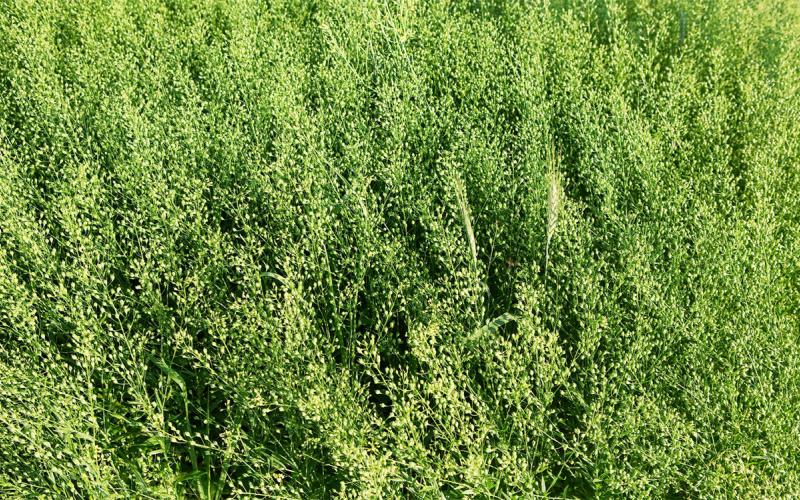
Spring and Winter Camelina in South Dakota
In the semi-arid, western portion of South Dakota, camelina has potential value as a fall-seeded cover crop, providing flexibility in crop rotations for improving soil health.
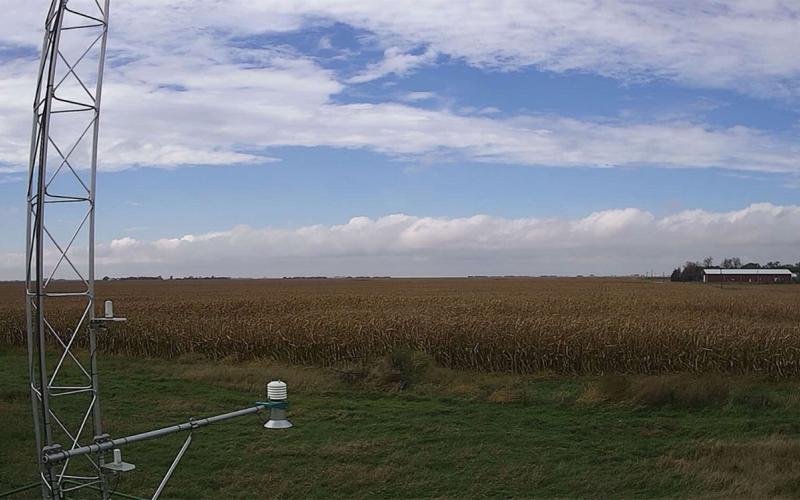
Climate, Weather and Fire/Fuels Update: October 2, 2023
Across South Dakota, some localized storms and showers brought rain in many parts of the state last week, while weekly average temperatures were two to ten degrees above typical for this time of year.
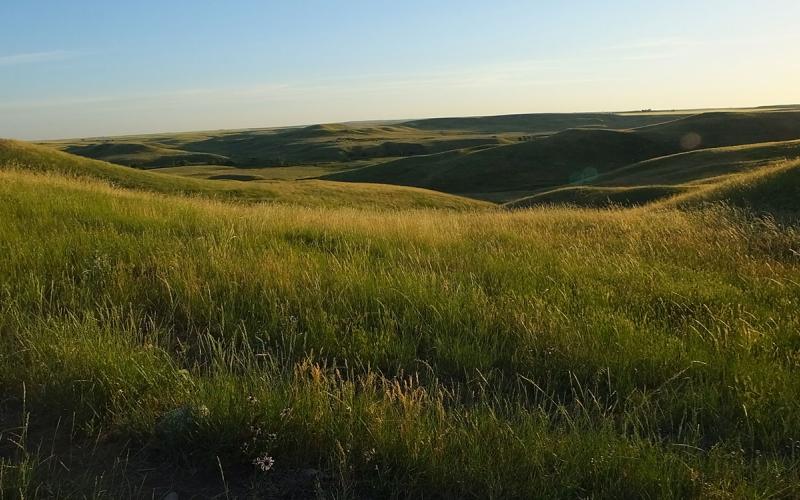
Range Beef Cow Research: Rangeland Soil Health
For rangelands to maintain productivity and produce adequate levels of forage, soil health must be sustained and function properly.
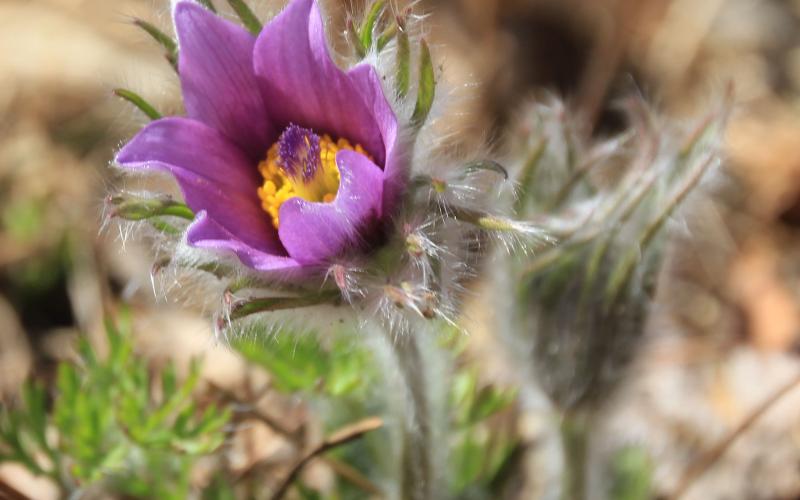
Common Flowering Plants (Forbs) of South Dakota
This guide focuses on forbs, or flowering “broad-leaved” herbaceous plants, but forbs can be narrow-leaved as well.

Why Do Young People Leave Our Rural Communities?
It’s no secret that young people are leaving our rural communities in South Dakota. If you read the newspapers or watch the news on television, you also know this isn’t a challenge that only South Dakota communities are facing; it is happening across the nation.
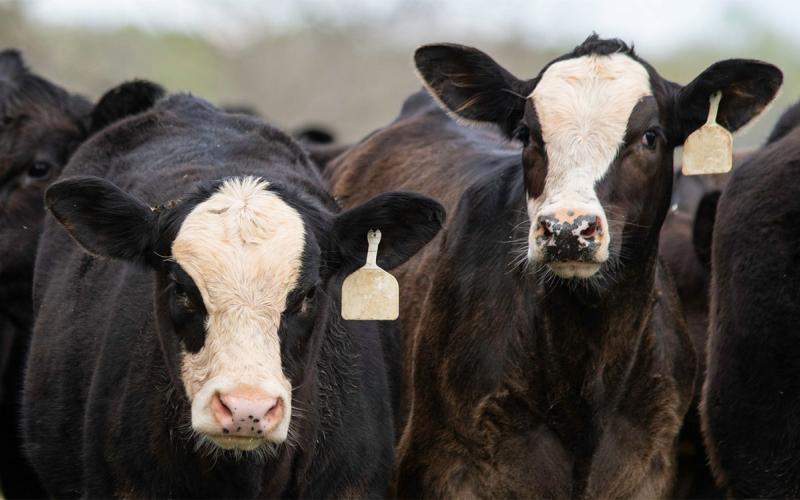
Sell the Feeder Calf, or Create a Yearling?
Fall brings many weaning and selling time decisions for cattle operations. Learn some expert tips for evaluating your current situation and making informed management decisions given the price of calves, feed, and the futures market.

Secure Your Farm or Ranch’s Future with SDSU Extension’s Sustaining the Legacy Conferences
November 10, 2022
South Dakota State University Extension can answer your questions about planning for the future of your farm or ranch during the Sustaining the Legacy conferences that start in December and run through April.

Connections: An Overlooked Factor in Startup Success
If you are considering starting a business, your community network will be one of your most-important tools. Learn some expert tips for connecting your business with your community today.
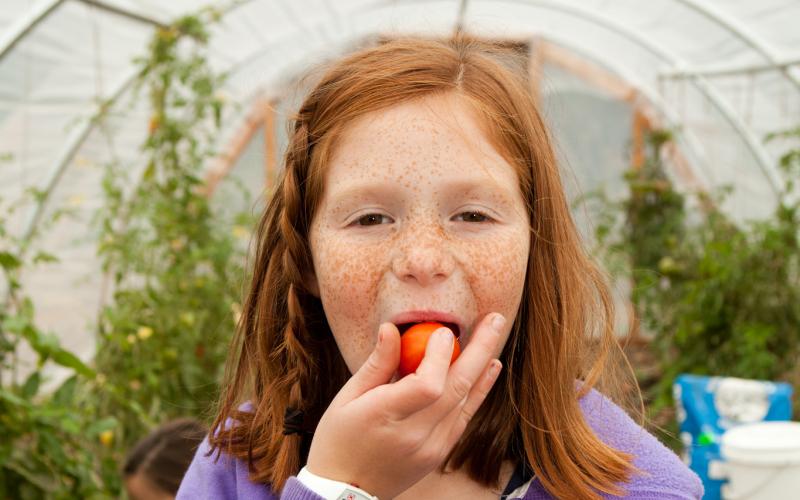
Agritourism
When a producer has decided to sell a product directly from the farm, entertainment or tourism-based activities could be incorporated to create larger appeal. Agritourism could add value to the farm visit though education, entertainment, outdoor recreation, dining, relaxation or other avenues, potentially drawing more customers in.
Saturated Buffer for South Dakota
Saturated buffer fact sheet for producers, tile drainage contractors, conservation professionals, other ag professionals.